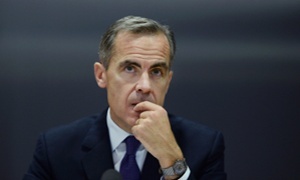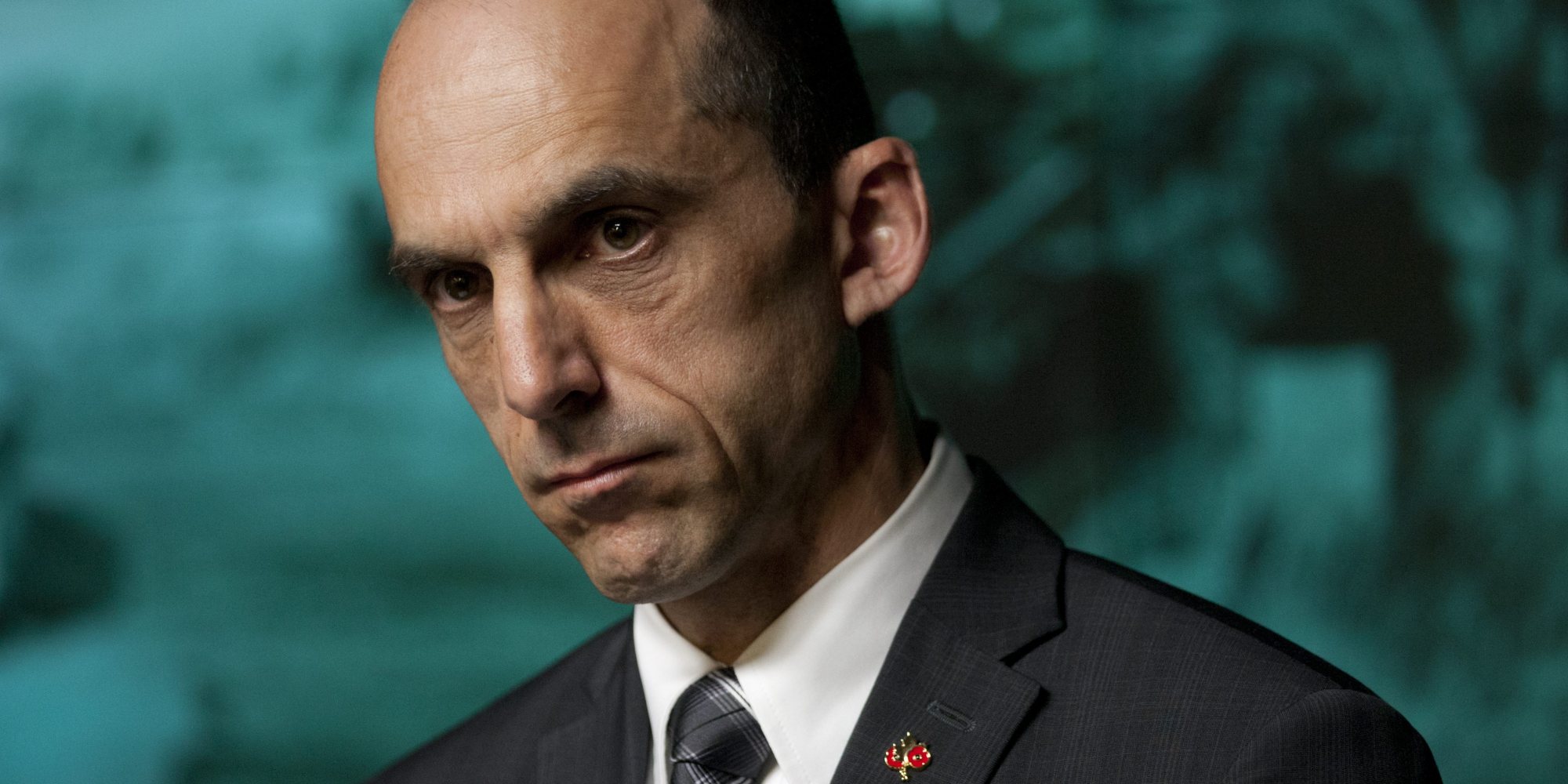There is nothing random about the pattern of silence that surrounds our lives. Silences occur where powerful interests are at risk of exposure.

In the fourth piece in the Guardian’s major series on climate change, George Monbiot argues that once coal, oil and gas are produced, they will be used. And yet, after 23 years of UN negotiations there have been almost no steps taken to stop the production – rather than the use of – fossil fuels
You can read previous pieces here
By George Monbiot, reposted from The Guardian, Mar 10, 2015
If you visit the website of the UN body that oversees the world’s climate negotiations, you will find dozens of pictures, taken across 20 years, of people clapping. These photos should be of interest to anthropologists and psychologists. For they show hundreds of intelligent, educated, well-paid and elegantly-dressed people wasting their lives.
The celebratory nature of the images testifies to the world of make-believe these people inhabit. They are surrounded by objectives, principles, commitments, instruments and protocols, which create a reassuring phantasm of progress while the ship on which they travel slowly founders. Leafing through these photos, I imagine I can almost hear what the delegates are saying through their expensive dentistry. “Darling you’ve re-arranged the deckchairs beautifully. It’s a breakthrough! We’ll have to invent a mechanism for holding them in place, as the deck has developed a bit of a tilt, but we’ll do that at the next conference.”
This process is futile because they have addressed the problem only from one end, and it happens to be the wrong end. They have sought to prevent climate breakdown by limiting the amount of greenhouse gases that are released; in other words, by constraining the consumption of fossil fuels. But, throughout the 23 years since the world’s governments decided to begin this process, the delegates have uttered not one coherent word about constraining production.
Compare this to any other treaty-making process. Imagine, for example, that the Biological Weapons Convention made no attempt to restrain the production or possession of weaponised smallpox and anthrax, but only to prohibit their use. How effective do you reckon it would be? (You don’t have to guess: look at the US gun laws, which prohibit the lethal use of guns but not their sale and carriage. You can see the results on the news every week.) Imagine trying to protect elephants and rhinos only by banning the purchase of their tusks and horns, without limiting killing, export or sale. Imagine trying to bring slavery to an end not by stopping the transatlantic trade, but by seeking only to discourage people from buying slaves once they had arrived in the Americas. If you want to discourage a harmful trade, you must address it at both ends: production and consumption. Of the two, production is the most important.
The extraction of fossil fuels is a hard fact. The rules governments have developed to prevent their use are weak, inconsistent and negotiable. In other words, when coal, oil and gas are produced, they will be used. Continued production will overwhelm attempts to restrict consumption. Even if efforts to restrict consumption temporarily succeed, they are likely to be self-defeating. A reduction in demand when supply is unconstrained lowers the price, favouring carbon-intensive industry.
You can search through the UN’s website for any recognition of this issue, but you would be wasting your time. In its gushing catalogue of self-congratulation, at Kyoto, Doha, Bali, Copenhagen, Cancún, Durban, Lima and all stops en route, the phrase “fossil fuel” does not occur once. Nor do the words coal or oil. But gas: oh yes, there are plenty of mentions of gas. Not natural gas, of course, but of greenhouse gases, the sole topic of official interest.
The closest any of the 20 international conferences convened so far have come to acknowledging the problem is in the resolution adopted in Lima in December last year. It pledged “cooperation” in “the phasing down of high-carbon investments and fossil fuel subsidies”, but proposed no budget, timetable or any instrument or mechanism required to make it happen. It’s progress of a sort, I suppose, and perhaps, after just 23 years, we should be grateful.
There is nothing random about the pattern of silence that surrounds our lives. Silences occur where powerful interests are at risk of exposure. They protect these interests from democratic scrutiny. I’m not suggesting that the negotiators decided not to talk about fossil fuels, or signed a common accord to waste their lives. Far from it: they have gone to great lengths to invest their efforts with the appearance of meaning and purpose. Creating a silence requires only an instinct for avoiding conflict. It is a conditioned and unconscious reflex; part of the package of social skills that secures our survival. Don’t name the Devil for fear that you’ll summon him.
Breaking such silences requires a conscious and painful effort. I remember as if it were yesterday how I felt when I first raised this issue in the media. I had been working with a group of young activists in Wales, campaigning against opencast coal mines. Talking it over with them, it seemed so obvious, so overwhelming, that I couldn’t understand why it wasn’t on everyone’s lips. Before writing about it, I circled the topic like a dog investigating a suspicious carcass. Why, I wondered, is no one touching this? Is it toxic?

You cannot solve a problem without naming it. The absence of official recognition of the role of fossil fuel production in causing climate change – blitheringly obvious as it is – permits governments to pursue directly contradictory policies. While almost all governments claim to support the aim of preventing more than 2C of global warming, they also seek to “maximise economic recovery” of their fossil fuel reserves. (Then they cross their fingers, walk three times widdershins around the office and pray that no one burns it.) But few governments go as far as the UK has gone.
In the Infrastructure Act that received royal assent last month, maximising the economic recovery of petroleum from the UK’s continental shelf became a statutory duty. Future governments are now legally bound to squeeze every possible drop out of the ground.
The idea came from a government review conducted by Sir Ian Wood, the billionaire owner of an inherited company – the Wood Group – that provides services to the oil and gas industry. While Sir Ian says his recommendations “received overwhelming industry support”, his team interviewed no one outside either the oil business or government. It contains no sign that I can detect of any feedback from environment groups or scientists.
His review demanded government powers to enhance both the exploration of new reserves and the exploitation of existing ones. This, it insisted, “will help take us closer to the 24bn [barrel] prize potentially still to come”. The government promised to implement his recommendations in full and without delay. In fact it went some way beyond them. It is prepared to be ruthlessly interventionist when promoting climate change, but not when restraining it.
During December’s climate talks in Lima, the UK’s energy secretary, Ed Davey, did something unwise. He broke the silence. He warned that if climate change policies meant that fossil fuel reserves could no longer be exploited, pension funds could be investing in “the sub-prime assets of the future”. Echoing theBank of England and financial analysts such as the Carbon Tracker Initiative, Davey suggested that if governments were serious about preventing climate breakdown, fossil fuel could become a stranded asset.
This provoked a furious response from the industry. The head of Oil and Gas UK Malcolm Webb wrote to express his confusion, pointing out that Davey’s statements came “at a time when you, your Department and the Treasury are putting great effort into [making] the UK North Sea more attractive to investors in oil and gas, not less. I’m intrigued to understand how such opposing viewpoints can be reconciled.” He’s not the only one. Ed Davey quickly explained that his comments were not to be taken seriously, as “I did not offer any suggestions on what investors should choose to do.”
Barack Obama has the same problem. During a television interview last year, he confessed that “We’re not going to be able to burn it all.” So why, he was asked, has his government been encouraging ever more exploration and extraction of fossil fuels? His administration has opened up marine oil exploration from Florida to Delaware – in waters that were formally off-limits. It has increased the number of leases sold for drilling on federal lands and, most incongruously, rushed through the process that might, by the end of this month, enable Shell to prospect in the highly vulnerable Arctic waters of the Chukchi Sea.
Similar contradictions beset most governments with environmental pretensions. Norway, for example, intends to be “carbon neutral” by 2030. Perhaps it hopes to export its entire oil and gas output, while relying on wind farms at home. Amotion put to the Norwegian parliament last year to halt new drilling because it is incompatible with Norway’s climate change policies was defeated by 95 votes to three.

Obama explained that “I don’t always lead with the climate change issue because if you, right now, are worried about whether you’ve got a job or if you can pay the bills, the first thing you want to hear is how do I meet the immediate problem?”
Money is certainly a problem, but not necessarily for the reasons Obama suggested. The bigger issue is the bankrolling of politics by big oil and big coal, and the tremendous lobbying power they purchase. These companies have, in the past, financed wars to protect their position; they will not surrender the bulk of their reserves without a monumental fight. This fight would test the very limits of state power; I wonder whether our nominal democracies would survive it. Fossil fuel companies have become glutted on silence: their power has grown as a result of numberless failures to challenge and expose them. It’s no wonder that the manicured negotiators at the UN conferences, so careful never to break a nail, have spent so long avoiding the issue.
I believe there are ways of resolving this problem, ways that might recruit other powerful interests against these corporations. For example, a global auction in pollution permits would mean that governments had to regulate just a few thousand oil refineries, coal washeries, gas pipelines and cement and fertiliser factories, rather than the activities of seven billion people. It would create a fund from the sale of permits that’s likely to run into trillions: money that could be used for anything from renewable energy to healthcare. By reducing fluctuations in the supply of energy, it would deliver more predictable prices, that many businesses would welcome. Most importantly, unlike the current framework for negotiations, it could work, producing a real possibility of averting climate breakdown.
Left to themselves, the negotiators will continue to avoid this issue until they have wasted everyone else’s lives as well as their own. They keep telling us that the conference in Paris in December is the make or break meeting (presumably they intend to unveil a radical new deckchair design). We should take them at their word, and demand that they start confronting the real problem.
With the help of George Marshall at the Climate Outreach and Information Network, I’ve drafted a paragraph of the kind that the Paris agreement should contain. It’s far from perfect, and I would love to see other people refining it. But, I hope, it’s a start:
“Scientific assessments of the carbon contained in existing fossil fuel reserves suggest that full exploitation of these reserves is incompatible with the agreed target of no more than 2C of global warming. The unrestricted extraction of these reserves undermines attempts to limit greenhouse gas emissions. We will start negotiating a global budget for the extraction of fossil fuels from existing reserves, as well as a date for a moratorium on the exploration and development of new reserves. In line with the quantification of the fossil carbon that can be extracted without a high chance of exceeding 2C of global warming, we will develop a timetable for annual reductions towards that budget. We will develop mechanisms for allocating production within this budget and for enforcement and monitoring.”
If something of that kind were to emerge from Paris, it will not have been a total waste of time, and the delegates would be able to congratulate themselves on a real achievement rather than yet another false one. Then, for once, they would deserve their own applause. SOURCE
Twitter: @georgemonbiot. A fully referenced version of this article can be found at Monbiot.com
Nele Azevedo
The Brazilian artist Nele Azevedo works with installation and video, but she is best known for her “melting men” sculptures in cities around the world. These consist of thousands of small figures she has carved from ice and arranged on urban monuments.
RELATED:
A brief history of the UN climate talks
June 1992
At the Rio Earth Summit, countries agree to establish the UN Framework Convention on Climate Change.
December 1997
The first international agreement to cut carbon emissions, the Kyoto protocol, is finalised.
February 2005
The Kyoto Protocol becomes international law after Russia ratifies the agreement. The US fails to ratify it.
December 2009
A summit in Copenhagen (COP15) ends in disappointment with a weak deal on action after Kyoto expires in 2012, leading countries to submit voluntary carbon cuts up to 2020.
December, 2011
Leaders in Durban (COP17) agree that by 2015 they will finalise an agreement on emissions cuts beyond 2020.
November 2014
China and US strike deal hailed as historic by observers, with US pledging to cut emissions by at least 26% by 2025 and China to peak emissions by 2030.
December 2014
In Lima (COP21), negotiators agree a draft text for a climate deal to be finalised in Paris in 2015, which will mandate cuts from all the nearly 200 countries in the UN process.
February and March 2015
Switzerland becomes the first country to announce its pledge for the Paris climate summit (an ‘INDC’ in UN jargon), followed by the EU as a bloc. Other countries are expected to follow.
Karl Mathiesen



